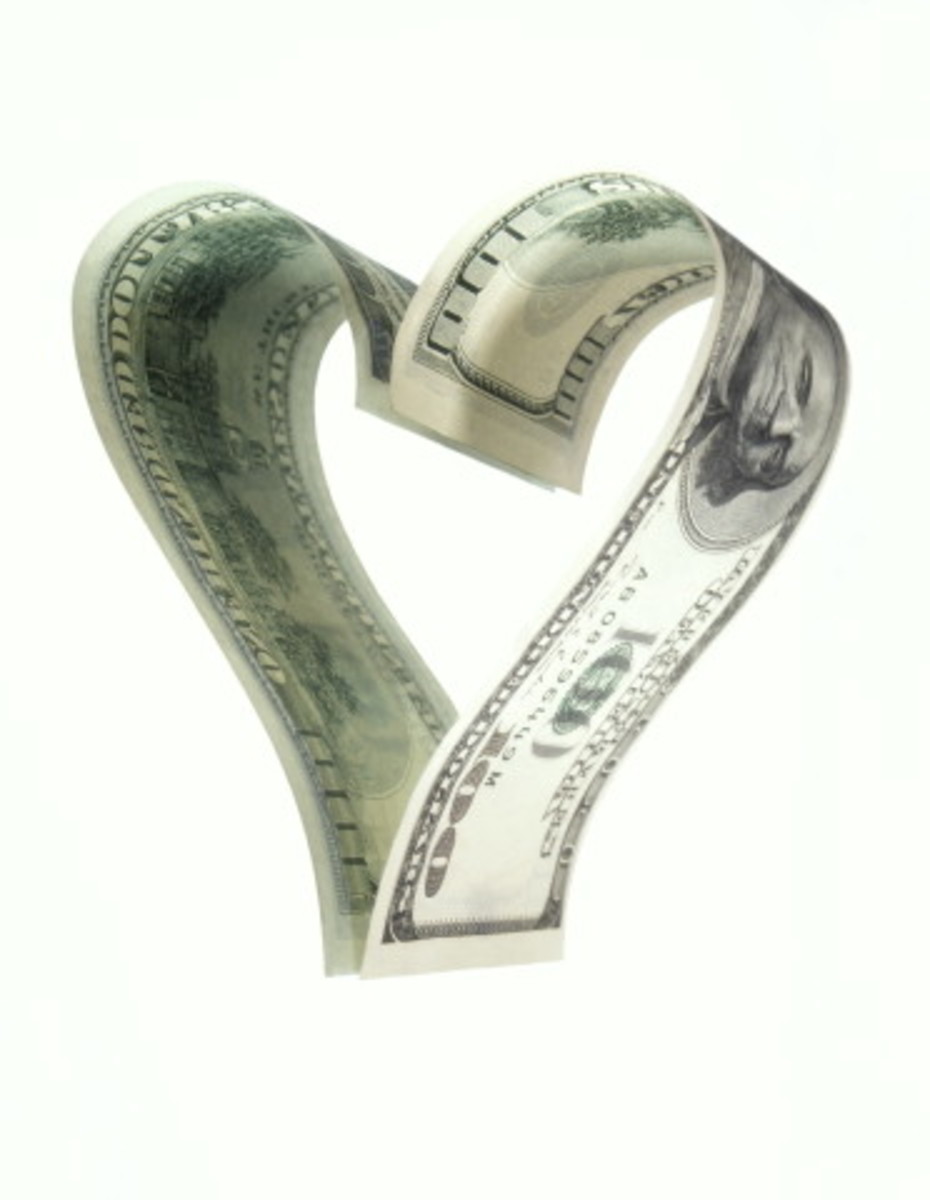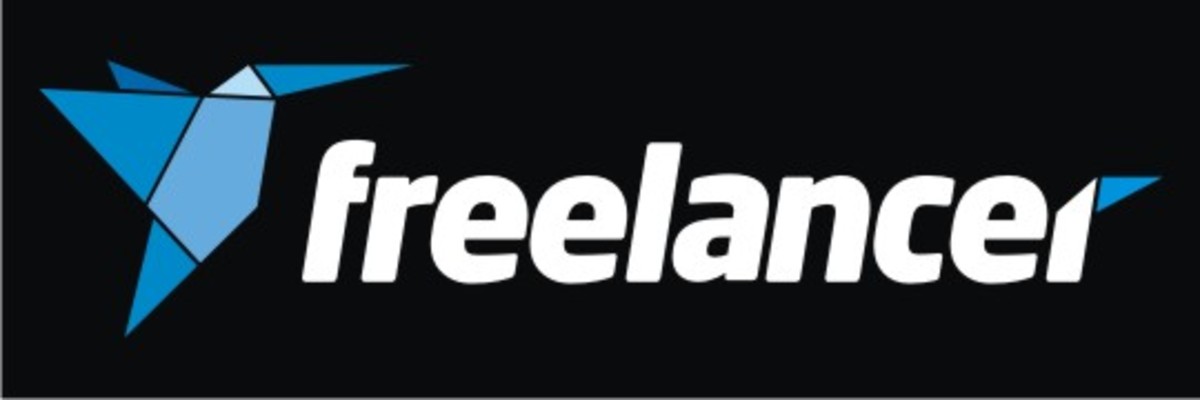- HubPages»
- Business and Employment»
- Small Businesses & Entrepreneurs»
- Home-Based Businesses
Freelancing: How to make sure you are GETTING PAID

Back in 2009 I lost my job. Had worked for 10 years as a radio DJ (such a cool job) and the radio station I worked at closed doors. I was in debt (taxes and car payments) the media industry was so down in my city that the biggest salary I could get was 1/3 of the last one. It was the moment I decided to make the switch and turn my web design passion into a business.
Just as any other freelancer, I had to deal with a lot of clients. Most of them were AMAZING, few of them tried to scam me and 2 succeeded. Here are few ideas I could come up to maybe help you avoid such problems in the future.
Please feel free to share your own experiences and tips and thank you for taking the time to read this article.
A. Freelancing sites
A freelancer will deal with his clients in 2 ways: 1. via a freelancing site and 2. directly. I will try to provide few ideas for each situation.
When working through a freelancing site (Elance, Guru, oDesk, Freelancer, etc.), you are more protected against scams, because all these sites (and others in their niche) work via an escrow system.
How does this work?
The client chooses to work with you and PAYS the money you agreed upon. The money is 'blocked' by the system so the client cannot get it back unless he/she can prove you didn't keep your part of the deal and you cannot 'run' with it since you'll get paid only when you have finished the job and the client agreed on releasing the payment.
Sure, you'll probably have few issues (clients who'll refuse to pay), but in this case you'll probably win at 'arbitrage'.
1. Carefully read your client's profile
It's always good to do some 'snooping' around. See your future client's profile: how many jobs did he award? Does he pay? Does he have negative feedback? Does he usually leave negative feedback (it's normal for a displeased client to provide a bad review for a job he's not pleased with, but someone who's consistently doing so might not be the best pick for you) etc.
If the client is new, at least see if he's validated any payment methods.
With a careful look on your future partner's profile you can avoid scammers and troublemakers.
2. If the project is too good to be true ...
.. you probably should stay away from it.
I am not saying you cannot find very good clients who are willing to pay top dollar, but you need to be careful with those who seem to throw away money at you. Most clients on the freelancing sites do look for the most affordable solution for them, so it's less likely you'll receive some huge numbers.
Sure, there are clients who do understand you are a professional and should be paid like that, a look at their past jobs should probably show you they are excellent payers.
3. Don't provide samples, don't work for free
While most freelancing sites have it clear in the rules - that professionals should NOT be requested to provide samples, there are clients who try to 'bend' the rules a little. Some ask you for a 'test', before they award the job.
DO NOT AGREE with this. You should already have a nice portfolio up and running and maybe some past jobs to showcase your skills (plus the feedback you have already received from your clients). Any client should be able to understand if you are qualified or not for the job. Sure, they can request more links to your past work and maybe ask some more questions.
Do not work anything outside the job, even if they threaten they won't hire you. REPORT them and make the freelancing site a better place by having them warned or even removed.
4. Is this a big project? Break it in smaller milestones
If you have to do a small job, it might be a waste of time to have milestones and manage them all. For a bigger project though (such as a programming job or, in my case, web design) you can break it down in smaller stages. Again my case: mockup design, HTML/CSS, theme installation on my client's server.
If you'll decide to work on a 'staged' project, you can accept partial payments from your client. He's funding the initial milestone, you do the work, money gets released, he funds the next one, you do the work etc.
Always make sure the milestones or the entire project ARE FUNDED before starting work. If the client has problems with funding the job, wait until these are solved and start work only after you see the money is in escrow.
5. When it doubt, just stay away from the client
In your freelancing career you'll soon find out there are clients who waste your time and clients who are worth all the effort. You'll also develop a 'sixth sense' about future troublemakers. If by any chance you are having some 'bad' feelings towards a prospective client either proceed with caution or just refuse the job.
Choose to work with clients who have a solid reputation, who are polite and nice (you can see this even in the way they have worded their job offer) and won't cause issues down the road.
6. Repeat after me: I don't do any work if unpaid
I know it's annoying, but this is where you can get scammed. A potential client who's asking you to create a 'sample' for his project or claims he cannot make the payment right now since his credit card doesn't work, PayPal account is busted or whatever reason.
While you are surely sympathetic to the hardships he's facing (it's not pleasant to deal with payment problems like this), be more sympathetic to your own needs. Unless the milestone/project is being funded and you are the chosen one to deliver the work, don't do any work. It's against the guidelines in most freelancing sites anyway, so you're not having a 'witchy' day, you're just abiding by the rules.

B. Direct clients
Working on freelancing site is more costly (you are paying a commission), but you are safer when it comes to having clients try to scam you. Now you're on your own.
While you don't get the freelancing site's protection, you can still do a great job with your clients, get paid and grow your business. You can use escrow systems on your own (which also come with a commission). If you're willing to trust your clients, though, here are some ideas to have in mind:
1. State the price from the beginning
I know, you'll tell me we need to sweet talk our clients and so on and so forth. I don't like to waste their time with useless chatter or hide my fees. I don't charge too much, I don't charge too little either, so I'll surely meet potential clients who wouldn't pay my rate, while others would ask me if I lost my mind charging so little.
The main idea is to leave all the cards on the table.
When I have clients call/email me, I immediately prepare them with the main information: how much their web site design will cost. If they know what to expect we can proceed with the project or say goodbye. A client who knows what to expect can't come later to claim he had no idea I'd charge this much. Well, he knows from the first minute.
2. Ask for money in advance
Most my fellow freelancers had clients who wanted the moon and the stars above. The freelancer started working (wasted billable hours to do the initial design or whatever the job entitled) only to find out days/weeks later that the client had changed his/her mind. Goodbye!
Here is how I usually work with my clients (unless they don't pay 100% upfront - most of them do it, since they trust I won't run with the money and want to get the payment issues out of their heads):
1. initial payment - 40% of the entire project - now the client is also providing me with the site design materials I need for my web design job (logos, images, links to few sites the client likes etc.)
2. second payment - 40%. I have already delivered the 'mockup' design and we edited it (thus doing work for the initial payment I received), time to move on to coding the client's theme. Before I do this work, I get my second payment and have to do the 'template'.
3. final payment - 20%. Now the entire theme is ready, I'm ready to install it for my client and make the final adjustments.
At any stage I first receive the money and do the work. I have not intention in messing up my image, so I want to do the job and get my client's money. He has control over each stage of the project and, if he's changing his mind during the project (which in 99.99% of the cases won't happen), I haven't worked for free.
3. Promises are nice, money is what we need to pay the bills
You'll probably want to be the 'nice' guy in your field and not be a 'shark'. Well, when it comes to business, most people who are now perceived as mean and greedy probably had their own lessons to learn in the past, when others took advantage of their good nature.
Know how to ask for your rights, know how to defend your prices and the right to be respected by your client. Don't do spec work, don't work for free for people who say 'I'll pay you in 2 months', unless you REALLY trust these people. Let's say I was scammed by a close family friend who, in 10 years, hasn't paid me for my work. It was a measly 100 Euro, but still.
So, unless you are working for your family or are willing to say goodbye to the money (provided the client will abuse your trust), ask for money UPFRONT, sign contracts, make sure you're not working and not getting paid.
I hope these ideas will make your job as a freelancer easier and hassle free. Please share your own experiences and tips.








